We often associate rain boots with rain and puddles. In fact, rain boots and snow boots have something in common that can keep you dry in wet or snowy days. So, you may wonder if rain boots are good for the snow in the winter.
Choosing the right footwear for winter is crucial. It is not just to stay dry but also for grip, warmth, and readiness to take on snowy terrains. Can rain boots actually handle the snow?
Here, let us disclose this common misconception and explore whether rain boots are a reliable choice for snowy conditions.
Differences: Rain Boots vs Snow Boots
Although snow boots and rain boots are made to withstand water in one way or another, they still have some tiny differences that make them serve different purposes.
The following are the main distinctions of rain boots and snow boots and how they are designed for main usages.
Material Composition
Rain boots are usually made of waterproof rain boots, such as rubber or PVC. They do certainly keep you dry but not warm enough.
Conversely, snow boots frequently contain more insulating materials, such as synthetic fabrics and waterproof leather to keep you warm in the cold weather. The material affects how well these boots perform in various weather conditions.
Design and Functions
Rain boots have a tall, sleek design that makes them ideal for walking through wet, rain-soaked streets. They are usually made with a non-marking design and easy to clean with water.
Snow boots, on the other hand, are made for tougher and colder environments. They have stronger construction and features like ankle support to help you navigate through the snow. And they help keep your body warm and you won’t get frozen toes even for staying outside for long hours.
Traction and Tread Pattern
There is a crucial difference between rain boots and snow boots: tread pattern.
Rain boots usually have a simple tread pattern because they are mainly made for wet conditions. These designs allow people to avoid slipping on muddy and slippery ground, offering superior traction during rainy days. But they don’t offer the same level of traction as snow boots.
Moreover, cold can make the boots’ treads stiff, and there is an increased risk of slipping and falling.
For snow boots, they have a more complex and deep tread pattern made to walk safely and steadily on icy surfaces.
Although rain boots could be adequate for light snowfall, snow boots are the perfect option because they have a more specialized tread that can guarantee a firmer grip. Proper winter footwear is made of material that stays pliable in the cold.
Insulation
Although rain boots are a great water barrier, they are not as insulating as snow boots. Some of the rain boots may have materials like Neoprene, which have good air circulation to keep you warm in cool weather, but they won’t be warm enough to keep you in snowy weather.
Snow boots frequently have insulating layers made of synthetic materials or Thinsulate to trap and hold heat, keeping your feet warm even in extremely cold weather.
Snow boots are the best option for prolonged outdoor activities in the cold because they prioritize warmth, which keeps your feet comfortable. You don’t need to worry about getting frostbite on your toes.
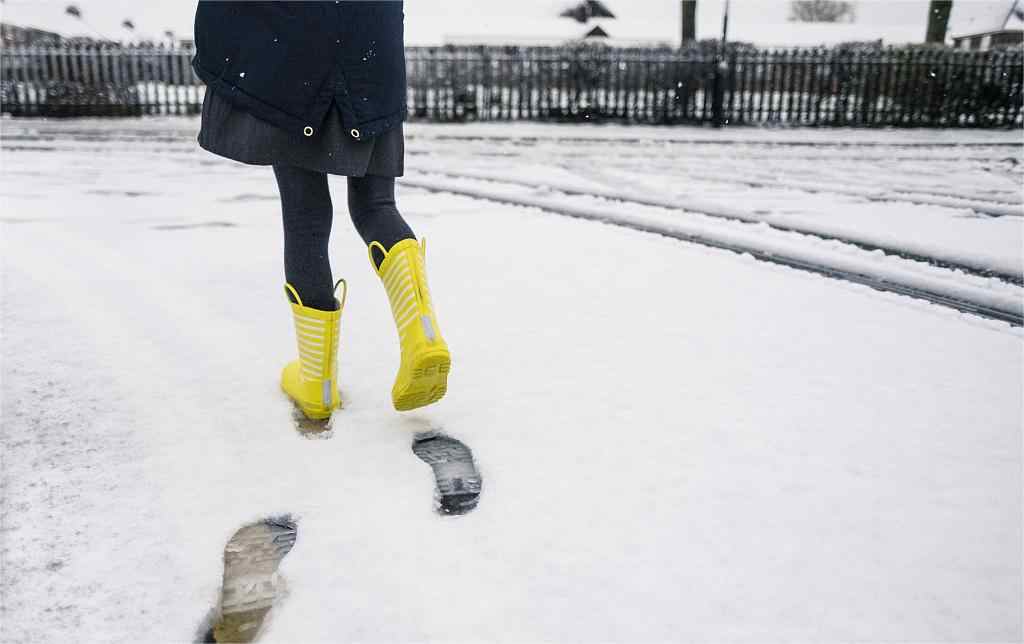
What Are Rain Boots Good For?
Rain boots, also known as wellies or rubber boots, are not only for rainy days. They can be used for many purposes.
Casual Commutes: Rain boots are practical for those who need to walk or commute in rainy environments. They keep your feet dry and prevent your regular shoes from getting wet and damaged. You can wear them while walking on the street or walking the dog.
Mud and Muck: Rain boots are totally made for this. They usually have calf-height or knee-height rain boots that can keep mud and dirt from splashing onto your legs and clothing. The material of rain boots is usually plastic or rubber, they are easy to clean with water or cloth. You can just wipe the mud off the boots.
Gardening: Rain boots are commonly used by gardeners as they provide protection against wet soil, puddles, and potential contact with insects or thorny plants. They keep your feet clean and dry while working in the garden. You won’t be worried about getting your feet and pants dirty.
Outdoor Activities: Rain boots are suitable for various outdoor activities such as hiking, camping, fishing, or exploring the natural world. They offer protection against wet and slippery surfaces, ensuring your feet stay dry and comfortable.
Farming and Agriculture: Rain boots are commonly popular among farmers and agricultural workers who need to work in wet or muddy conditions. They provide protection against moisture, chemicals, and potential hazards on the farm. Some of them also offer great traction and ankle support for all-day comfort.
Water Sports: Rain boots are often used by water sports enthusiasts, anglers, or boaters. They provide traction and protection when wading through water, marshes, or rocky shorelines.
Fashion and Style: In addition to their practical uses, rain boots have become a popular fashion statement. They come in various colors, patterns, and styles, allowing individuals to express their personal style even in wet weather.
Are Rain Boots Good For Snow?
The answer actually depends on different situations. Rain boots work in the snow when it is not too cold or when you only go out for a while.
If you only walk outside for a short period of time, a pair of rain boots is enough for this situation and you don’t need to invest your money in snow boots.
With their waterproof characteristics, rain boots can provide some protection in light snow conditions, and the rubberized outer layer acts as a barrier to keep your feet dry.
Temperature also matters. It has a major impact on how well rain boots work in the snow. Rain boots can be useful in milder winter weather when it is not so freezing.
They become dependable companions for short outdoor activities when you want to head to the store or walk the dog.
However, when the temperature drops, in regions with heavy and consistent snowfall, rain boots have their limitations. They don’t provide enough insulation to keep your feet warm in extremely cold weather.
Wearing them for long periods in such conditions may leave your toes feeling cold, and can lead to discomfort and even frostbite.
In summary, while rain boots are suitable for mild and wet conditions, they are not recommended for extremely cold weather.
If you live in cold places, you will certainly need snow boots. Here we will introduce a few types of boots that you can choose to wear for winter: Insulated Snow Boots, Winter Hiking Boots, Pac Boots, Snowboarding Boots, Faux Fur Fashion Boots, Ice Fishing Boots, Moon Boots.
Can You Make Rain Boots Into Snow Boots?
So, you have already got lovely rain boots and want to use them in winter. There are still some tips to make them warmer, so you may not have to buy a new pair of snow boots.
Add Insole for Insulation
You can invest in insulated insoles designed for colder temperatures. These additions provide an extra layer of warmth, combating the cold seeping through the soles of your rain boots. Look for insoles with materials like Thinsulate for optimal insulation.
Wear Thick Socks
The right pair of socks can work like magic. You can opt for thick woolen socks or heated socks to keep your feet cozy in chilly conditions. Not only do they provide insulation, but wool is also excellent at wicking away moisture, ensuring your feet stay dry.
Boot Blankets
Use thermal covers like boot blankets. These blankets work like an insulator that covers the whole of your boots, keeps the body heat around and creates a barrier against the cold and water. It’s like a cozy blanket for your feet, ensuring warmth in frosty weather. Check out the Kalkal Boot Blanket to keep you feet dry and warm in any weather.
Hand Warmer
Consider inserting hand warmers into your rain boots for added warmth. These small, disposable heat packs can be strategically placed near your toes to provide a cozy haven, turning your rain boots into a cozy shelter for the winter chill. To avoid discomfort, make sure they don’t come into direct contact with your skin.
Traction Aids
Remember that the outsole of rain boots will become stiff and slipped in cold weather. So you should also enhance the grip of your rain boots on icy surfaces by adding traction aids. Attachable cleats or ice grippers can significantly improve stability, making your rain boots more versatile in snowy conditions.
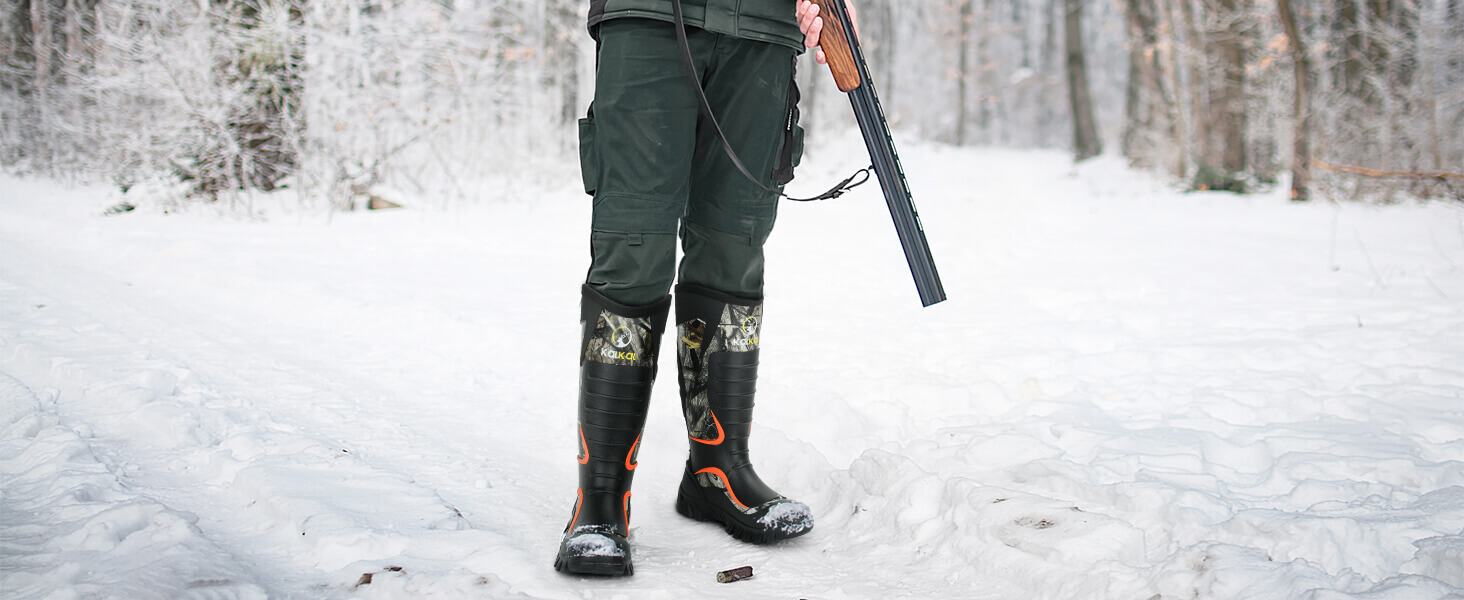
What Are The Best Rain Boots To Wear In Snow?
If you want to find perfect rain boots that are both waterproof and warm, look no further than Kalkal rubber boots.
These boots are crafted with waterproof rubber and insulated neoprene, making them ideal for snowy conditions. Whether you’re working outdoors, gardening, walking your dog, or commuting to work, Kalkal offers a range of options to suit your needs.
While they may not have excessive insulation, these boots can keep you warm and dry in temperatures ranging from 15°C to -25°C.
With their various tread patterns, they provide excellent traction on wet and slippery surfaces, ensuring your safety as you navigate through the snow. It works well as it says in its slogan: every step is trustworthy with Kalkal.
Conclusion
To summarize, rain boots may not be the best option for extremely cold weather, but they can still provide protection in light snow conditions. Rain boots’ true capabilities are determined by material composition, tread patterns, and other factors.
As the snow season approaches, consider the local environment before equipping yourself with footwear choices, ensuring that every step you take in the winter is confident and comfortable.


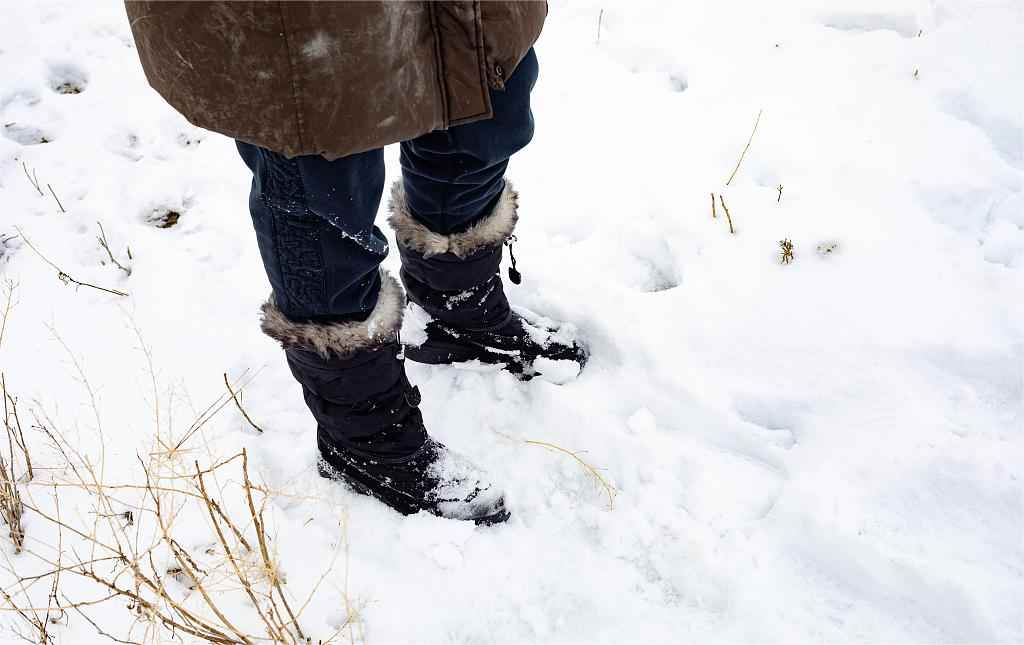









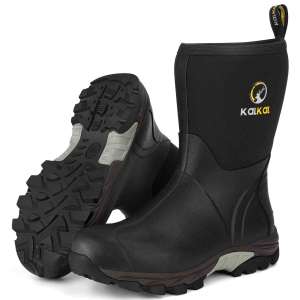
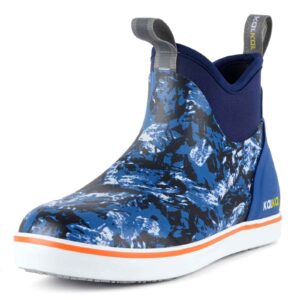

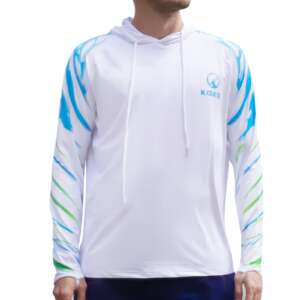




Leave a reply